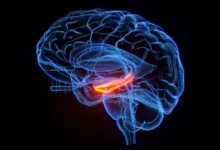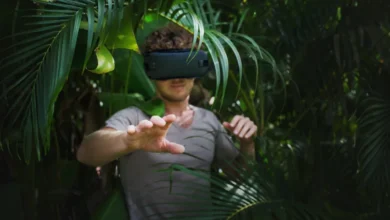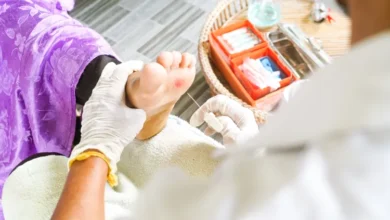“Medical Gold” From Extracted Wisdom Teeth Are Being Used to Treat a Range of Diseases
Scientists Are Turning Discarded Wisdom Teeth into a Valuable Source of Stem Cells That May One Day Help Treat Neurological, Skeletal, and Cardiovascular Diseases
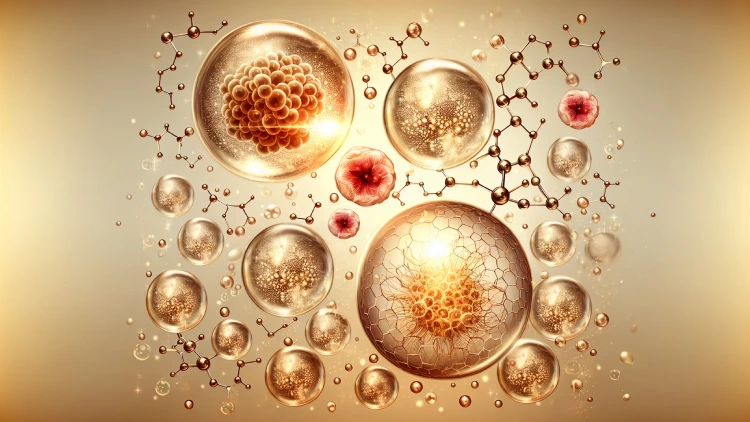
In recent years researchers have found that discarded wisdom teeth harbor a rich source of stem cells, turning what was once medical waste into a potentially valuable resource. Each removed wisdom tooth holds soft inner tissue that contains special stem cells known as dental pulp stem cells, or DPSCs. These cells have the ability to grow into different types of body tissues, much like mesenchymal stem cells found in bone marrow.
Dental Pulp Cells Can Repair Tissues Beyond the Mouth
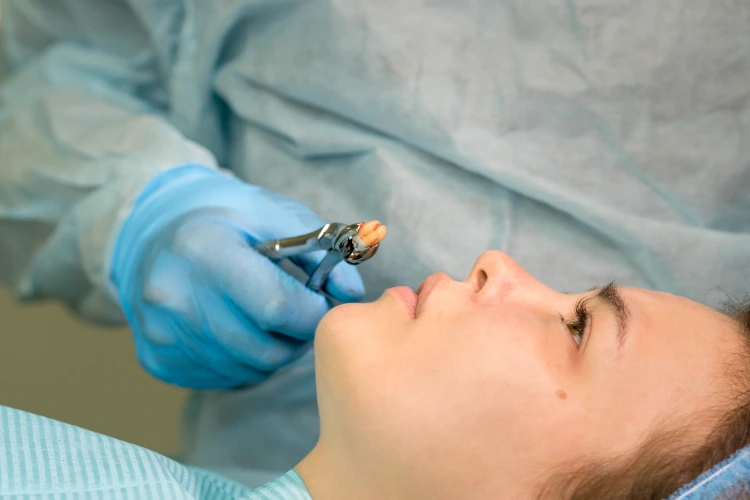
Scientists around the world are culturing and testing dental pulp cells in the lab. At CSIRO’s Stem Cell Centre in Australia, for instance, researchers examine cultured stem‑cell samples under high‑resolution microscopes.
In the lab, DPSCs self‑renew and proliferate rapidly. Studies show that when given the right signals, DPSCs will lay down collagen and calcium to form bone or cartilage matrix and even beat and contract like muscle.
Compared with bone‑marrow stem cells, DPSCs often build mineralized (bone) tissue more quickly. In engineered joint grafts they can produce cartilage tissue in vitro. In one animal study, combining human dental pulp cells with a scaffold led to significantly more new bone growth than a scaffold alone.
Such findings give hope that wisdom‑tooth cells could one day aid in healing fractures, repairing jawbones after tumor surgery, or rebuilding degenerated cartilage in arthritic joints. Each year millions of wisdom teeth are removed and usually discarded. In the United States alone an estimated ten million molars are extracted annually.
Tooth Banking and the Future of Personalized Medicine
A growing number of biotech startups and dental clinics now offer “tooth banking” – preserving a patient’s pulp cells for possible future use. The process of collecting dental pulp stem cells begins immediately after the tooth is removed.
The extracted wisdom tooth is placed in a sterile container and transported under cold conditions to a laboratory. There, specialists extract the pulp tissue and typically freeze the stem cells within a day to preserve their viability.
Proponents note that banking one’s own DPSCs eliminates concerns about immune rejection later, and the upfront cost (comparable to cord‑blood banking) could pay off if personalized therapies are needed decades down the line.
Clinics partner with oral surgeons to harvest molars that would otherwise be discarded, turning “trash” into a long‑term biological asset. Early experiments hint at a wide range of potential therapies.
For example, cardiologists have tested injections of dental‑pulp cell secretions in rodents with heart failure, and observed improved cardiac function – suggesting that a patient’s own wisdom‑tooth cells might one day help mend a damaged heart.
In neurological studies, DPSC transplants into Alzheimer’s‑model mice produced measurable improvements in memory and brain pathology.
It can generate dopamine‑producing neurons in culture, and rodent models of Parkinson’s disease showed motor improvements with dental stem cell therapy.
DPSCs appear to secrete a cocktail of growth factors that protect nerves, reduce inflammation and even help clear toxic proteins in the brain. Outside the nervous system, laboratories report that dental pulp cells readily become osteoblast‑like and build bone in 3D scaffolds, making them promising for filling bone defects.
More Work Is Needed to Prove Safety and Efficacy
As the evidence grows, investigators are planning clinical trials of dental pulp therapies. Early stem‑cell implants (using embryonic stem cells) in Parkinson’s patients have already demonstrated that new dopamine neurons can survive and function in humans. Using DPSCs instead could avoid ethical controversies and reduce immune risk.
However, experts caution that more work is needed. Transplanted cells must be shown safe (without forming tumors) and effective in people. Scientists at universities and institutes worldwide – for example at the University of the Basque Country in Spain – continue refining protocols to turn tooth pulp into therapy. “These are easily accessible human stem cells for nerve tissue engineering,” researchers note.
They argue that routinely preserving wisdom teeth now could create a personalized “biobank” of one’s own stem cells, offering future regenerative treatments without the wait for a perfect donor match. Wisdom teeth may have been viewed as nuisances, but modern research is recasting them as biological treasure.
Before tossing those extracted molars, patients might consider the hidden value inside. In the coming years, therapies for bone injuries, neurological diseases or heart disease may indeed spring from the “medical gold” locked in wisdom tooth pulp.



